Your cart is currently empty!
Making Tofu
What does making tofu have to do with raising chickens? Nothing directly, except that chickens love homemade tofu as much as I do. They also go nuts over okara, a byproduct of making tofu. So do the dogs. Okara is the soybean solids left after squeezing out the soymilk. The soymilk is what is used for making tofu, but okara is an incredible food on its own. It makes fluffy, moist muffins, delicious pancakes and waffles, mixed with ground beef it makes mouthwatering croquettes, or is delicious on its own with a little ginger and soy sauce.
The basics of making tofu are crushing soybeans into a slurry, bringing the slurry to boil, squeezing out the soy milk, heating the soy milk, adding nigari to the soy milk to make it curdle, and then pressing the resulting curds into a block.
I recently learned that a farm on San Juan Island, San Juan Island Sea Salt, is making salt from sea water, and when I heard that, I knew that they also had to be making nigari because nigari is a byproduct of making sea salt. Basically, nigari is what is left when you take the salt out of seawater. It is also called bittern, and is mostly magnesium chloride. Nigari is very bitter. When you taste it, it is so bitter it feels like you are stabbing your tongue with needles. And yet, with their nigari, I detected a sweetness behind the extreme bitterness.
San Juan Island Sea Salt was very gracious to send me a sample of their nigari. When the sample arrived Saturday morning, I made a batch of tofu in the afternoon and was very pleased with the result. Their nigari is a wonderful product and it’s great to know I have a local source for nigari. The pictures below are ones I took of the process when I made tofu this afternoon. If you need more detailed information about making tofu, feel free to contact me.
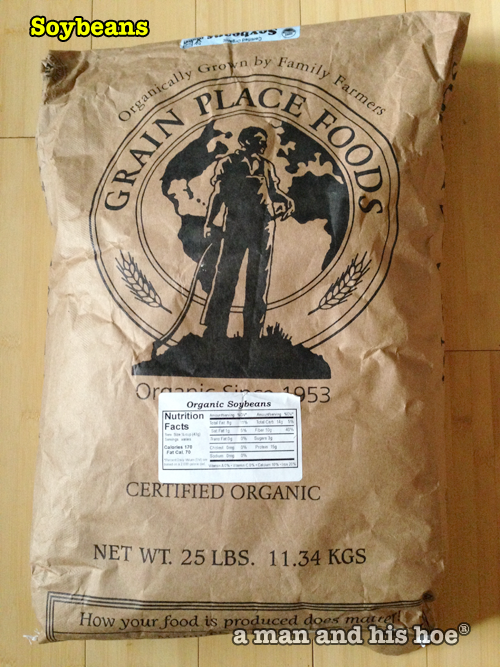
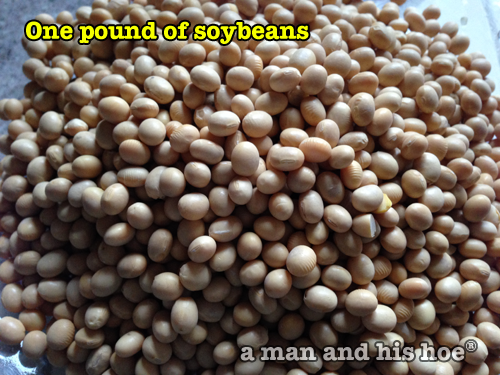
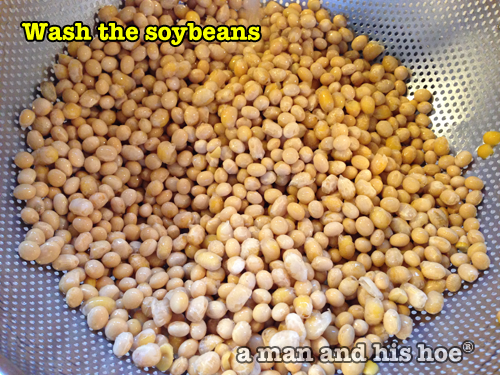
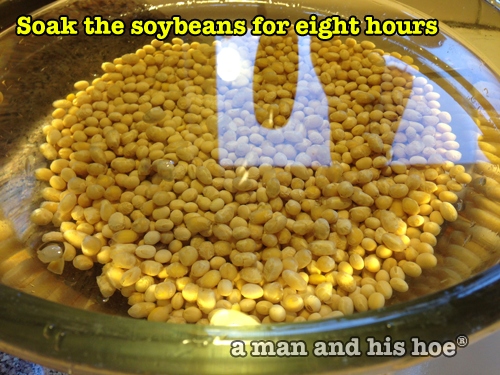
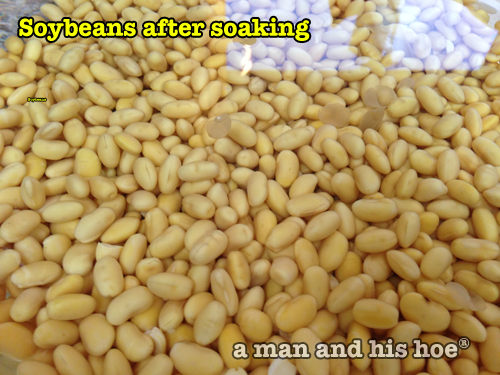
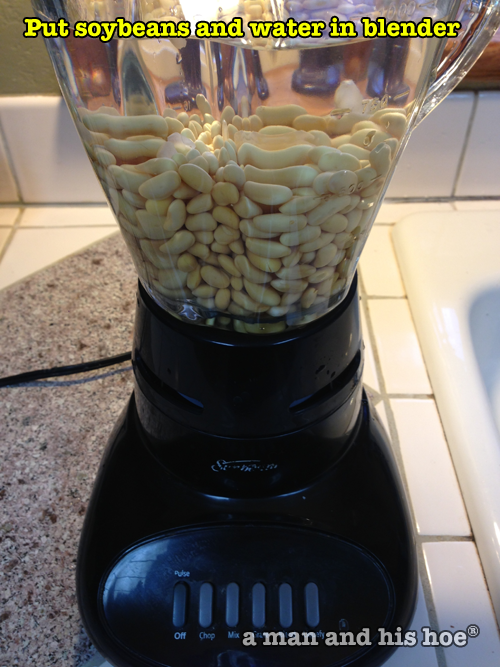
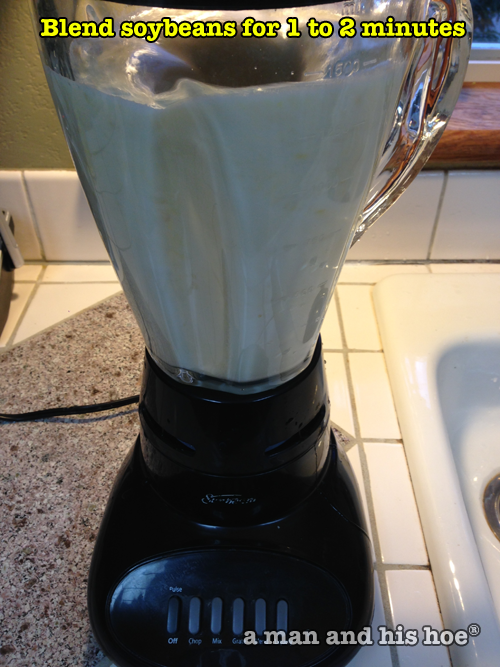
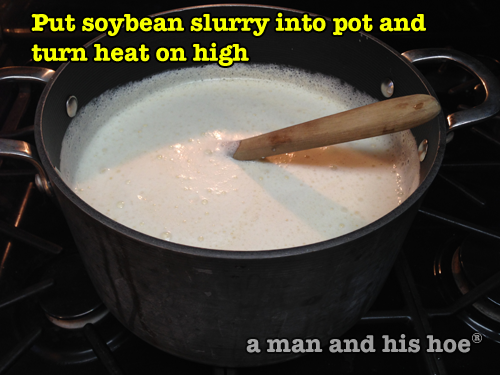
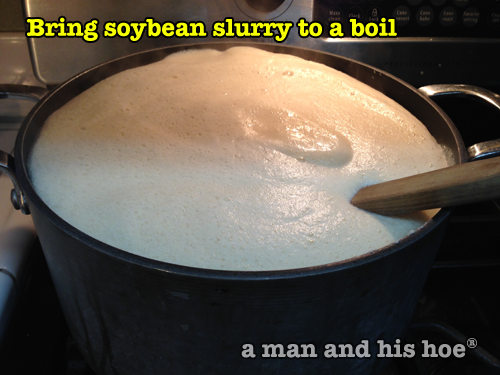
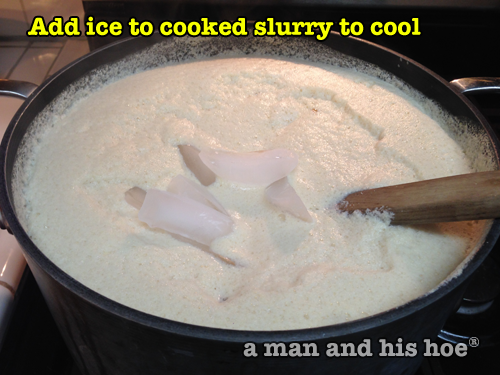
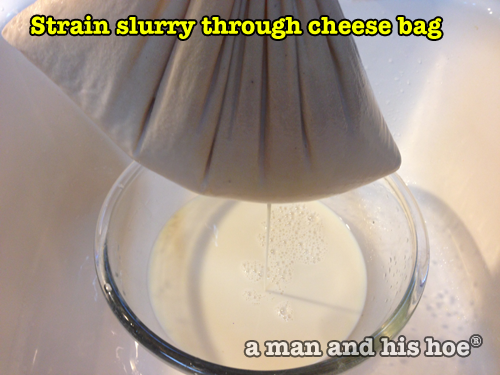
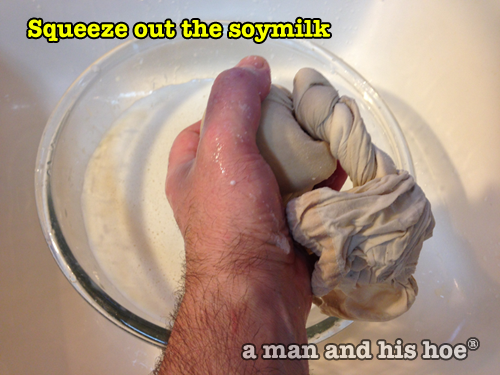
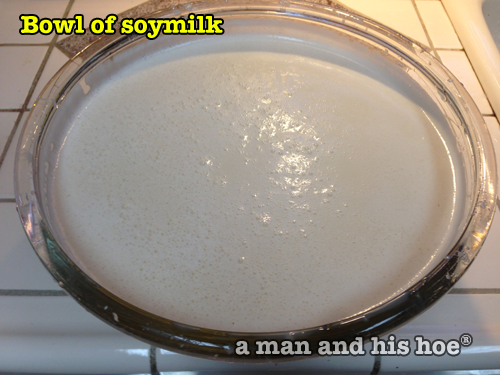

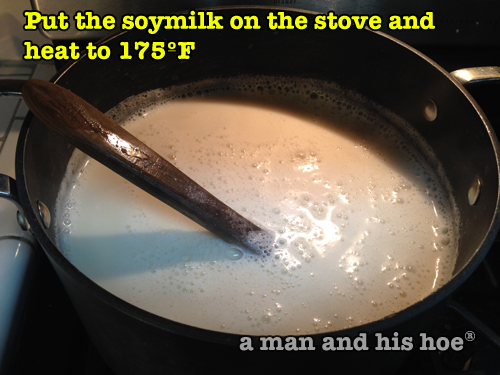
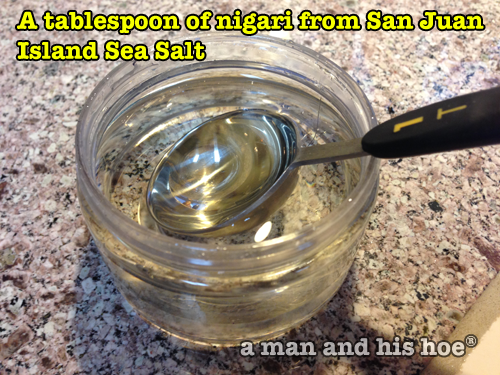
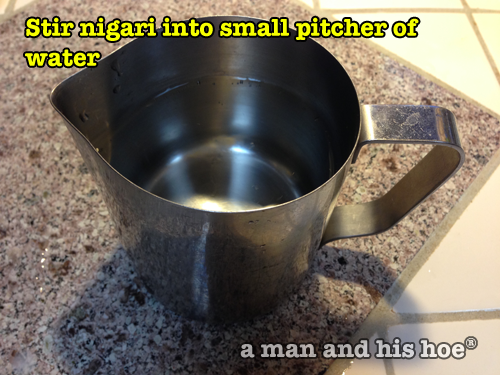
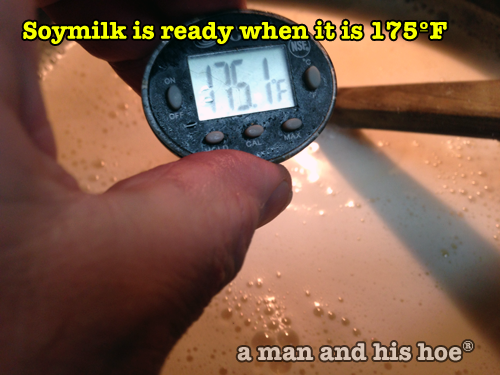
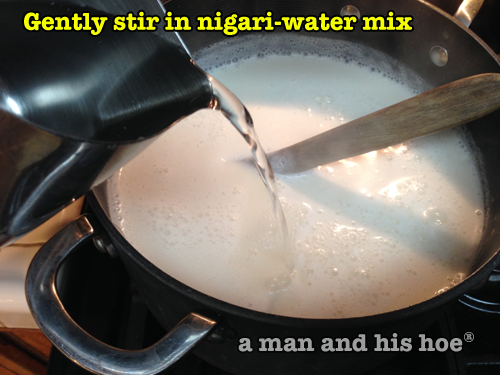
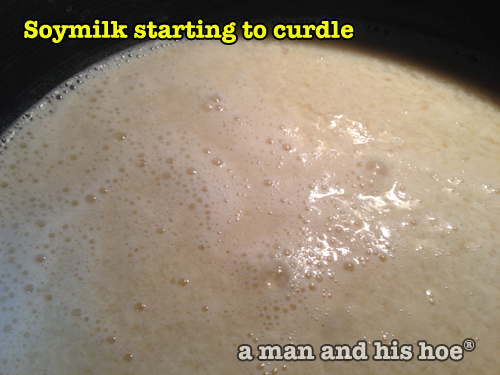
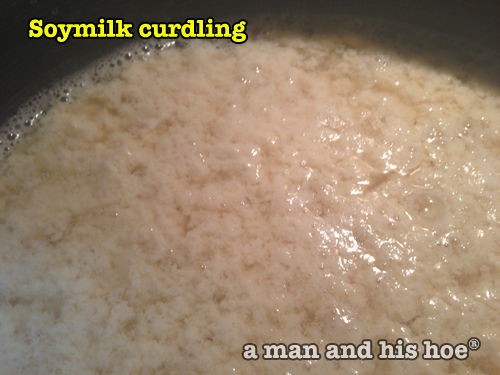
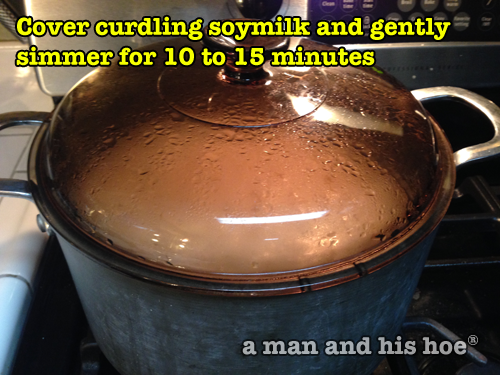
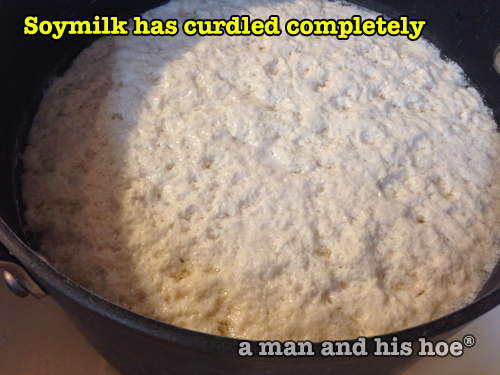
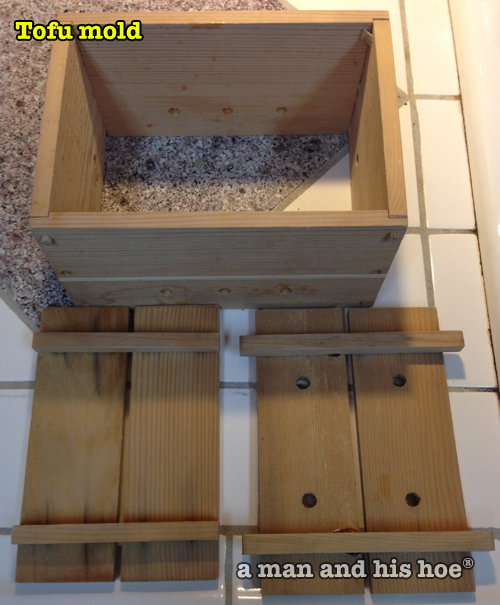
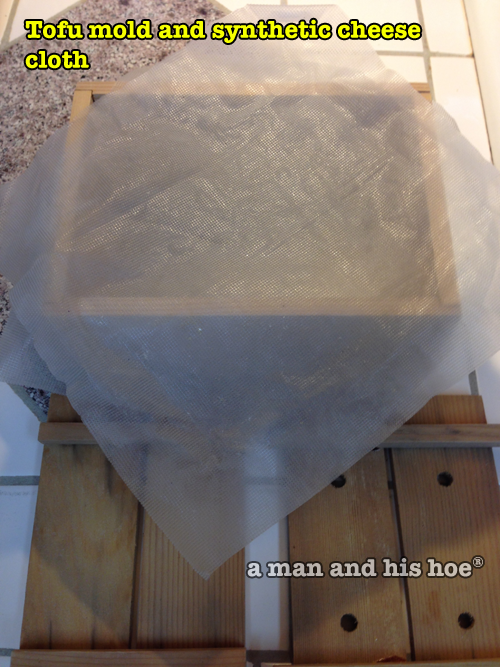
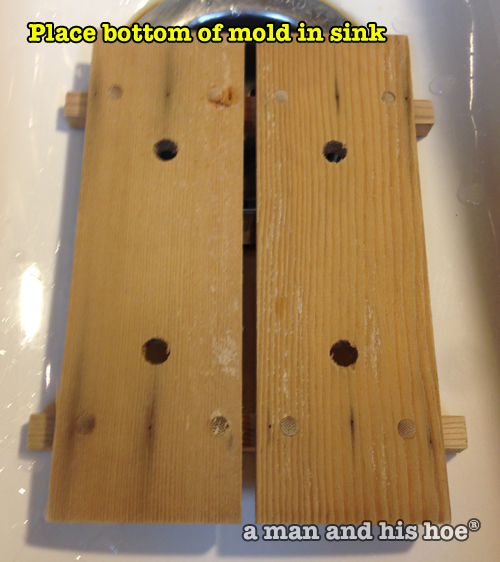
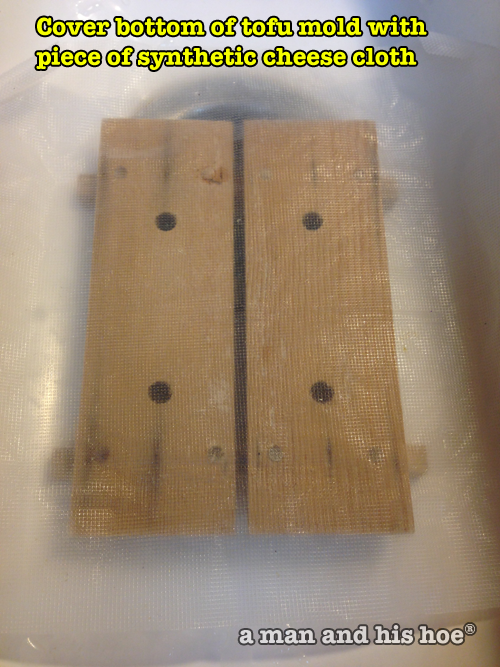
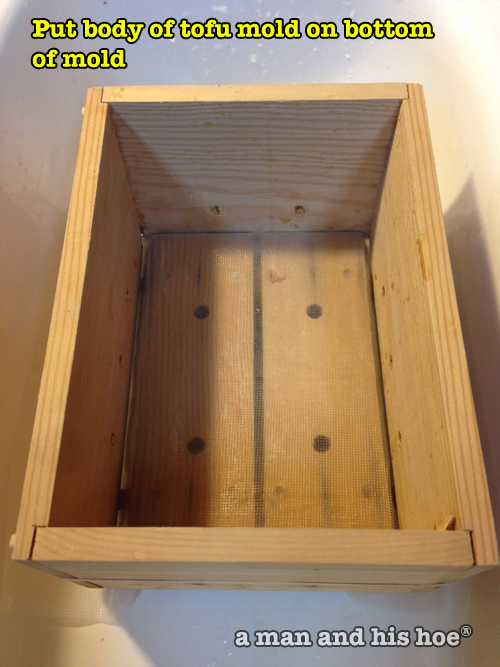
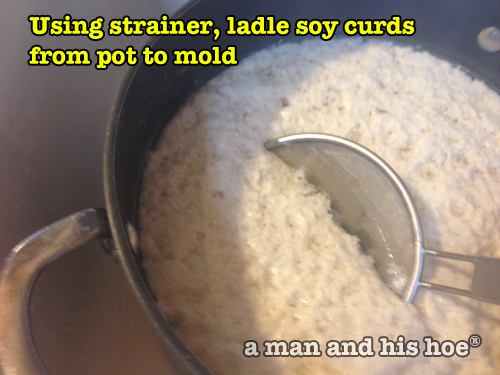
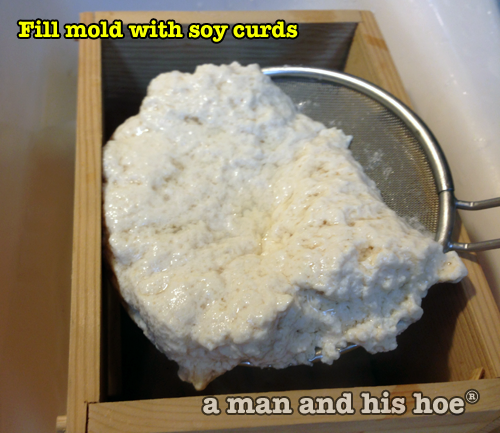
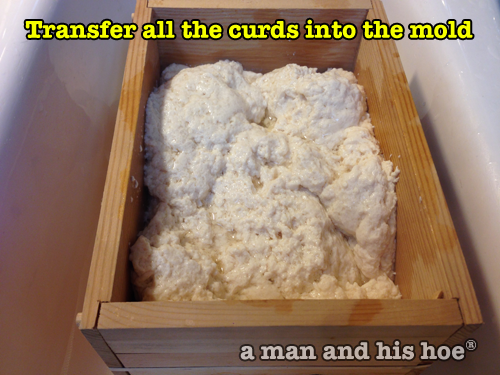
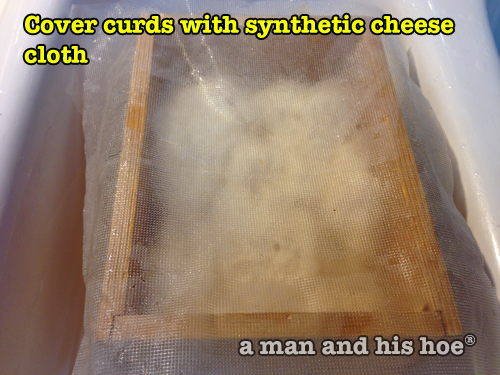
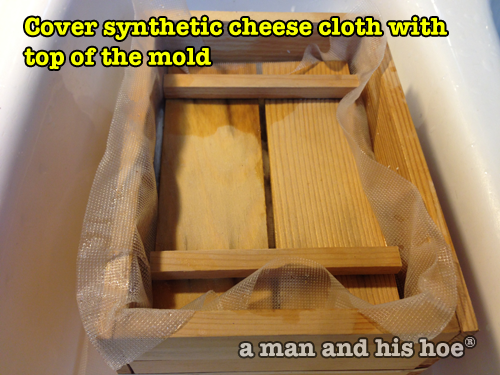
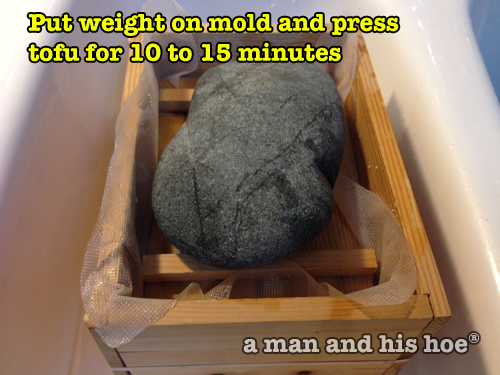
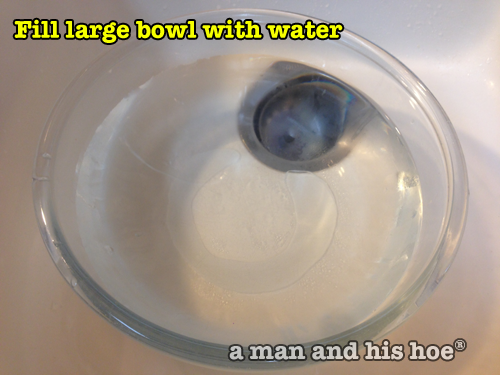
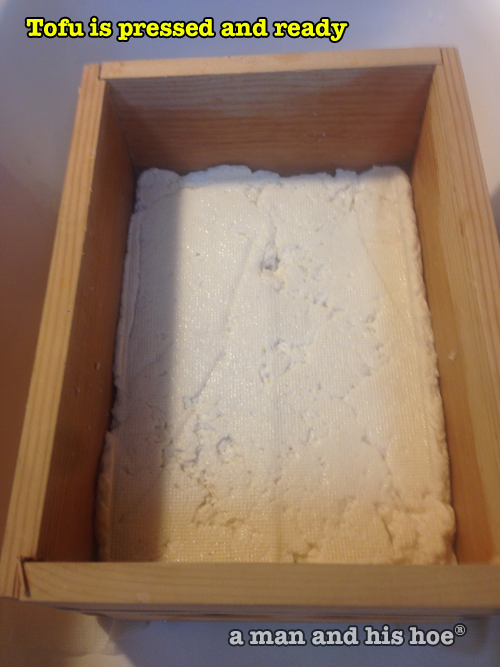
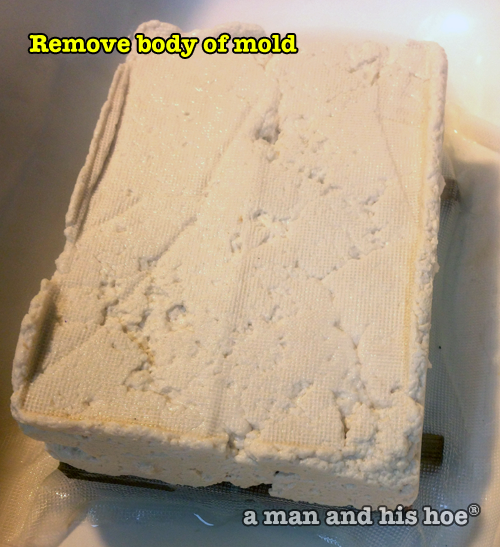
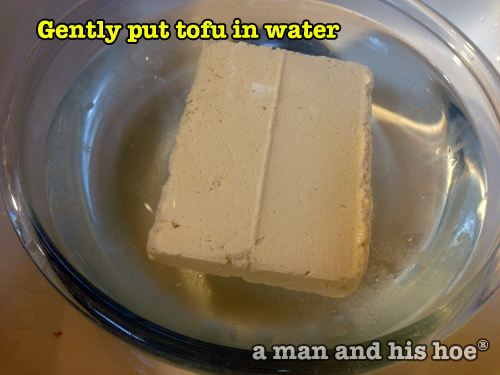
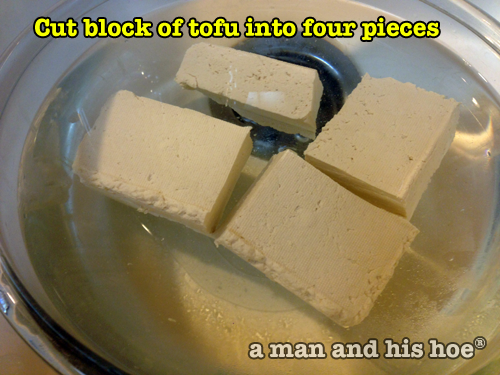
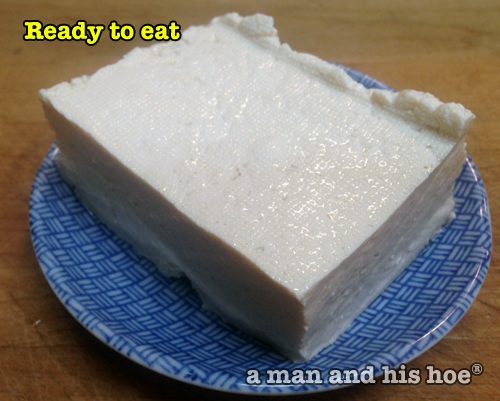
Things to watch out for:
- If possible, use pure non-chlorinated water to soak the beans and make the slurry. Not an easy thing to do if you have public water. If you have a well with good water, count yourself lucky.
- When bringing the crushed soy slurry to a boil, stir occasionally, and pay very close attention as it nears boiling as it expands greatly and will easily boil over.
- Don’t boil the soy slurry mix long, a few minutes at most. If you boil it for a long time, it will not curdle as well – at least that has been my experience.
Comments
27 responses to “Making Tofu”
-
Thanks for posting this! I’ve been wanting to make some real tofu after my disappointment with the offerings found in the local stores.
-
Great, just don’t give up if your first batch doesn’t turn out great. It took me a while before I got my technique down. Hopefully the detailed photos will be of help.
-
Just purchased some Nigari from San Juan Island. They have a good America’s Test Kitchen video on their site that also demonstrates the process so between your photos and their video I’ll have an idea of how it should go. Where did you get your soybeans at?
-
I get my soybeans from one of the local coops where I shop, Skagit Valley Foods, in Mt. Vernon. They sell them in the bulk foods section of the store, but since I use a lot, I special order 25 pound bags of them through the store.
-
I just discovered that evidently some of the best soybeans for making tofu (says the author of Asian Tofu) are grown and sold just a few hours from my house and can be purchased at Laura Soybeans in Corwith, Iowa. Guess that’s one of the nice things about living here in Iowa. Too bad it’s such a long commute to get one of your no-doubt tasty chickens!!!
-
WOW impressive stuff. Love tofu and I like your step by step instructions on how to make it.
-
So nice to have found your post, thank you !
I’m from Belgium and I can’t find anywhere a liquid nigari. I do find it in a form of a salt. Do you know how to work with it? Or with calciumsulfate (I can get it more locally). -
I have used the salt form of magnesium chloride many times. What I do is dissolve a tablespoon (6 grams) of magnesium chloride in a cup (200cc) of cold water, and add that instead of the liquid nigiri. Sometimes if the tofu does not curdle enough, I do it a second time, a few minutes later. I haven’t used calcium sulfate.
-
Thanks alot !!
-
Do you know if this method work with any other legume? I’d like to try it with chickpeas, lentils, split peas or black eyed peas.
-
I haven’t tried it with other legumes, but I did find this at a site called Food and Health:
I have had success with other beans including Italian white beans, navy’s, kidneys, pinto’s and black beans. The color isn’t always white, kidneys make orangish ‘goo’ that’s *really* nasty. Black beans make a purple semi-soft tofu with a fair taste but they’re better if you do a 50-50 mix with blue corn (southwest tofu!). The best yields and most typical flavors are with the Italian and navy white beans. None of them produce as much curd as soyabeans (based on similar volume of beans). You can make a tiny amount of curd from rice milk but it’s got a gross texture and flavor, much worse than what you’d expect based on the taste of rice milk.
-
Thanks for this. I did not see where it says how many cups of water to use to blend the soy beans with. Also, how much water do you use for the nigari mix?
-
After soaking the beans for 12 hours or so, when you blend them, use 2 cups of water per cup of soaked beans. For the nigari, mix a tablespoon of nigari with a cup of cold water.
-
thanks! I will start soaking the beans tonight 🙂
-
Great instructions! One question – you do not mention removing the hulls to get rid of the harmful phytates. My soymilk maker does not say anything about that either, so am wondering how important it is. I spend quite a bit of time making sure most of the skins are removed after the initial soaking and it does make a difference in the flatulance factor. But it is a royal pain and adds an hour to the time to make soymilk
-
It’s not something I worry about. After soaking the soybeans, many of the hulls float away when I rinse them.
-
Thanks for the reply. Some of the hulls do float away, but out of 2 Cups of dry beans, after short soaking in boiling water and processing the hulls off I end up with only 1-1/2 Cups of beans -so there are an enormous amount that don’t just come off and I end up with a significant bowl of skins – concerned about the phytates binding up minerals that are needed by the adrenals since I am have both hypothryroid and diabetes. Removing the hulls also greatly reduces the flatulance factor! Sure wish I could convince myself it’s not necessary!
-
Before putting the tofu into the press I mix in veggies such as pepper or onion to give the tofu some extra punch when later searing it
-
Where might I find a cheese bag, or perhaps improvise one? (All I get from a web search are cheese storage bags)
Thanks for the GREAT instructions!
-
Look for curd straining bags instead or draining bags instead.
-
I found that a square of fine nylon sheer curtain fabric about 18″ square , makes the best curd straining “bag” – a single layer does a great job for straining plant milks as well as tofu. It is easy to rinse out and dries quickly, and you can get quite a few from half a yard of fabric which usually comes about 60″ wide or more.
Sent from TypeApp
-
This worked fantastic! On my first try, I got the tofu right (except I didn’t heed the advice well enough and my soy slurry boiled over–but the tofu came out great!) I also got 8 okara burgers out of it. Thanks!
-
Great. Glad to hear that.
-
What constitutes a small pitcher of water (re: Nigari)
-
One to two cups.
-
Can anyone tell me how much Magnesium Chloride can I use. I have food grade Magnesium Chloride which is the same as Nigari. But its in powder form.
Thank you -
Try mixing a teaspoon into a cup of cold water.
Leave a Reply
You must be logged in to post a comment.